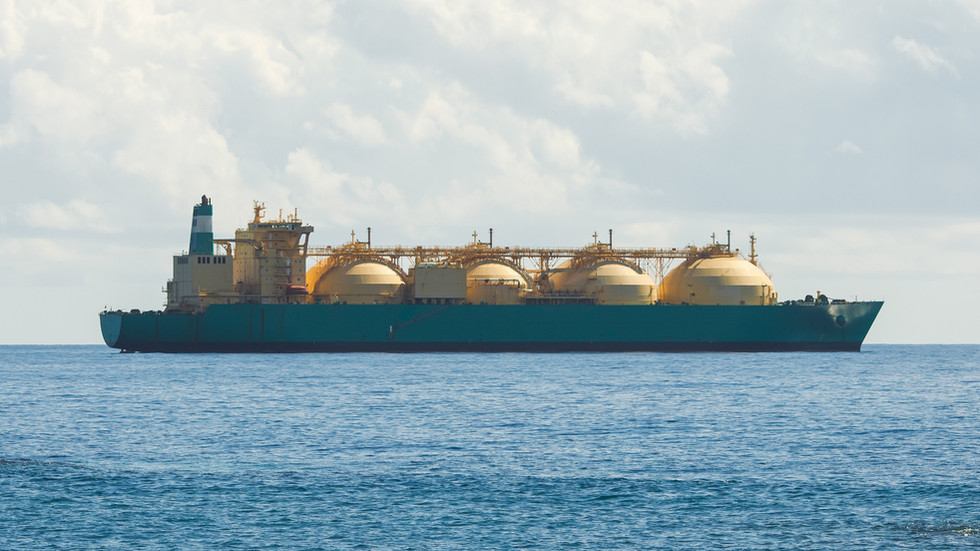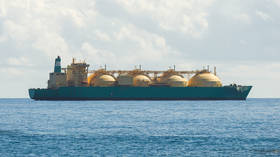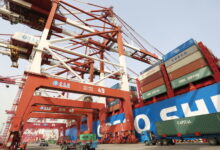
The bloc has been boosting purchases of the fuel after loss of Russian pipeline supplies

© Getty Images / nikkytok
The European Union’s appetite for liquefied natural gas (LNG) surged last year as the bloc struggled to make up for lost pipeline supplies from Moscow, according to data from the Energy Institute (EI).
EI’s annual statistical review of world energy showed that European pipeline gas imports in 2022 were about 151 billion cubic meters, compared with 232 billion a year earlier. The 35% year-on-year drop contrasts with LNG imports, which jumped to 170 billion cubic meters last year from 108 billion a year earlier. To achieve that level of imports, the 27-member bloc had to construct import terminals for LNG.
The conflict in Ukraine upended “assumptions about supply around the world,” said Nick Wayth, EI’s London-based chief executive officer. The shifts “precipitated a price crisis and profound cost-of-living pressures across many economies,” he explained.
The EU stepped up efforts to lower energy dependence on Russia early last year as part of its sanctions policy, and has already banned Moscow’s seaborne oil deliveries and joined the G7 countries in placing a price cap on Russian crude. Russian gas deliveries to the EU have dropped to record lows due to Ukraine-related sanctions and the sabotage of the Nord Stream pipelines. Norway is currently the single-largest gas supplier to the EU, according to the EI report.
READ MORE: EU begins collective gas buying
To make up for lost Russian pipeline gas, the bloc has been boosting imports of LNG, including from Russia. According to Brussels-based economic think tank Bruegel, in 2022 the EU’s LNG imports from Russia reached a three-year high, at 19.2 billion cubic meters.
For more stories on economy & finance visit RT’s business section




